This week’s podcast and corresponding article are all about how to fertilize your vegetable garden. With these simple tips and secrets, your vegetable plants will be growing nice and strong all season long and providing you with an amazing harvest!
Whether you are growing your plants in containers or directly in the soil, how, when, and what you use to fertilize is vital to the productivity and health of your crops. While your plants will likely still grow without fertilizers, they won’t be nearly as strong and productive.
You can listen in below to our complete podcast on fertilizing vegetable gardens – or you can read on for a full-length article on the subject. As always, all of the podcast resource links will be provided at the end of the article.
Why Fertilize Your Vegetable Garden?
You can certainly grow vegetables anywhere – in raised beds, containers, or directly in the soil. But no matter how or where you grow your vegetables, there are only a limited amount of resources in the soil. Vegetable crops will quickly deplete those nutrients, no matter how rich the soil might be when you planted.
If those nutrients and resources are not replenished throughout the growing season, there won’t be any left to power your plants and get them through their growing season finish line – let alone for future plants’ growth in later years.
Some vegetables are heavier feeders than others. This means that they will use up those nutrients and resources quicker than other crops. Plants like tomatoes, peppers, and corn are all considered heavy feeders.
Other crops like greens, onions, and garlic are light feeders and don’t use up as many nutrients as quickly as heavy feeders. However, they still use up valuable resources in the soil.
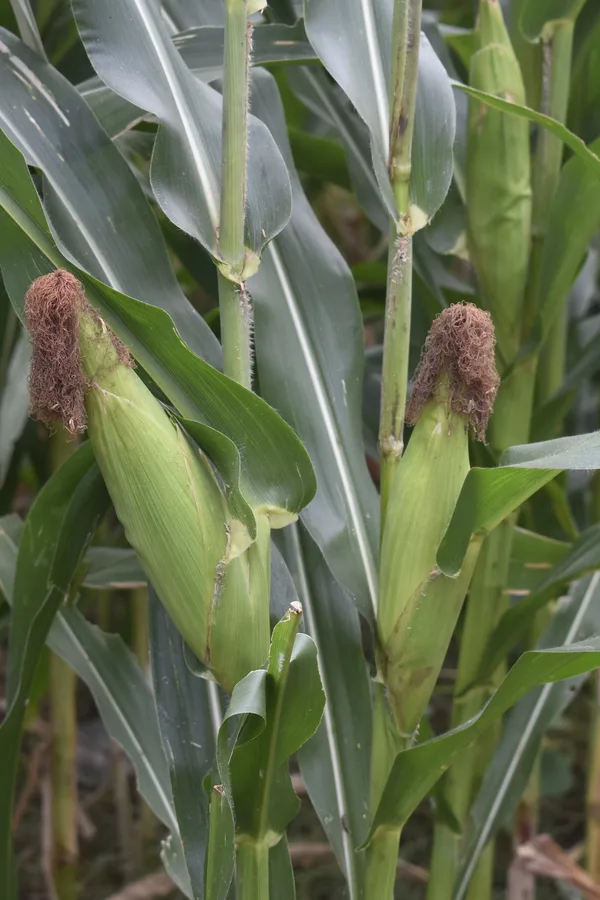
While practices like crop rotation definitely help out depleted soil, applying organic fertilizers is the best way to replace all those lost nutrients. Fertilizers also help to ensure that the soil nutrient levels are at an acceptable level for healthy as well as productive crop growth.
How To Fertilize Vegetable Gardens
Allow Plants & Seeds To Become Established
Before you even think about applying fertilizers, you need to allow your plants time to become established. Young plants can burn easily from too much fertilizer, especially if you are using liquid fertilizers that can quickly reach the roots.
Giving plants time to become established allows them to get adjusted to their new surroundings and new soil. They will be better able to draw in the nutrients efficiently and safely in return.
For transplants, allow 7 to 10 days after transplanting to allow the roots to grow and take hold before fertilizing. For seed crops directly planted in the soil (like corn and beans), allow the seeds to germinate and grow for a few weeks.
Always remember to mix in a bit of compost or worm castings prior to planting both transplants and seeds in your garden. Both of these products will allow your new seedlings to have a great head start before you even need to add fertilizers.
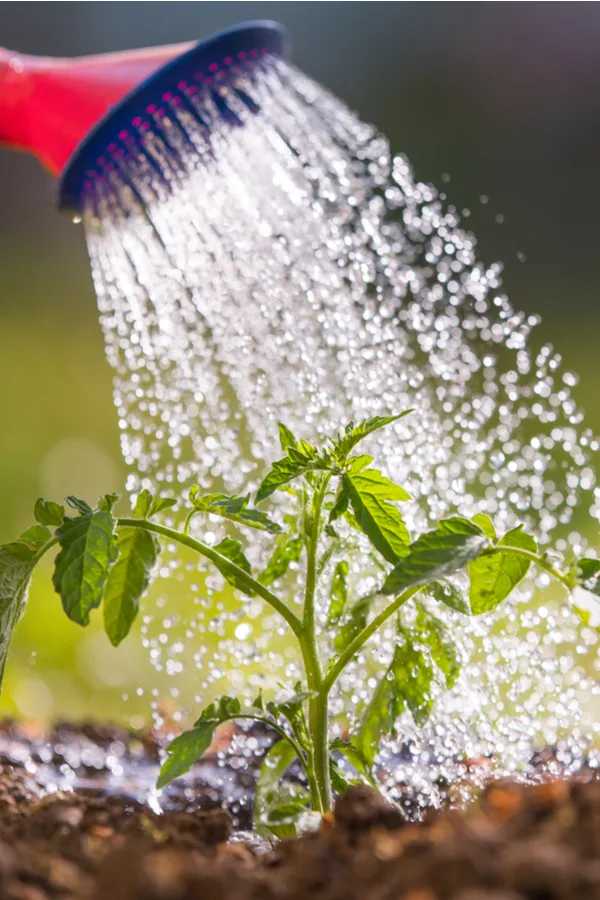
Selecting The Best Fertilizer For Vegetable Garden
Seeing all of the different types of fertilizers available can be a bit overwhelming. The key to choosing the best fertilizer is to pick one that provides a burst of nitrogen (N), phosphorus (P), and potassium (K).
These nutrients are labeled as N-P-Ks and are shown on packages as 10-20-10 or something similar to that. While you can make your own fertilizer, there are plenty of pre-made organic options to choose from that are geared toward specific crops or all vegetable plants in general.
Many plants do better with higher phosphorus or potassium levels than just nitrogen. Keep these rations in mind for these specific crops:
Tomatoes – 5:6:8
Root Crops – 2:8:4
Squash – 5:10:10
However, some plants prefer higher nitrogen ratios:
Berry Bushes – 5:3:4
Corn – 6:3:3
Fruit Trees – 5:3:4
Brassicas – 6:3:2
Liquid Vs Granular
There are two main forms of fertilizers available: liquid and granular. You mix granules into the soil at the base of a plant. When you water plants or when it rains, the granules leech out nutrients into the soil.
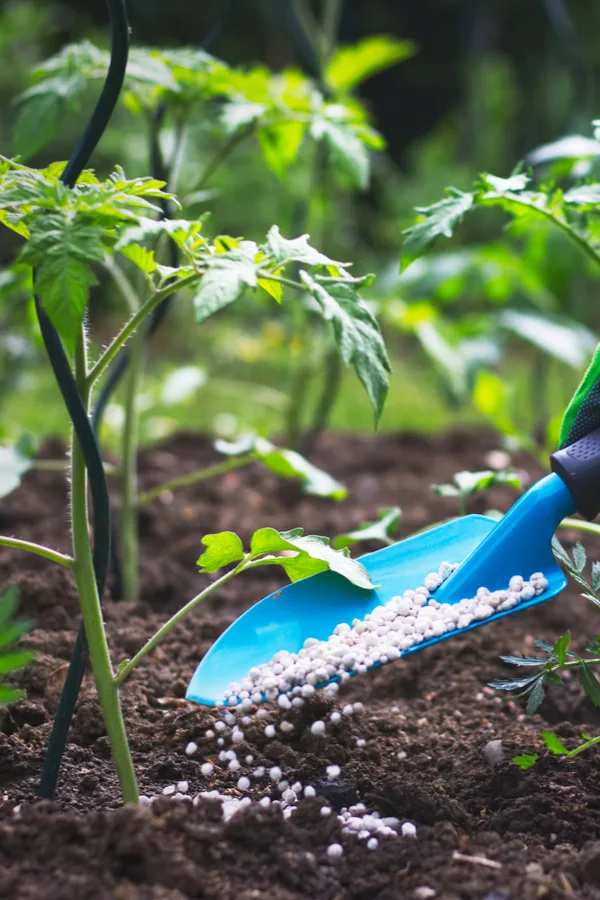
Liquid fertilizers, on the other hand, are exactly how they sound – in liquid form. They typically work better over granules because they offer a two-prong approach. Not only are they absorbed through the roots of the plant, but they are also able to be absorbed through the foliage as well.
Options like compost tea, worm casting tea, or an off-the-shelf all-purpose organic liquid fertilizer provide as much boost to plants as possible. In addition, they include the needed ingredients for fast growth.
Quick Side Note: If you are experiencing an overly wet season, opt for granular fertilizers instead of liquid.
When To Fertilize Vegetable Gardens
The next thing to know about fertilizers is when to apply them. You can apply granular fertilizers at any time of the day after the plants are strong and growing well.
While granules won’t burn the soil, they still can get on delicate foliage if you aren’t careful during application. Be sure to rinse off foliage if that occurs.
For liquid fertilizers, never apply them during the heat of the day. Plants are at their highest level of stress during the mid-day sun. Not only are they less likely to be able to soak up the nutrients, but depending on the fertilizer and method used, the scorching sun can burn and injure plants.
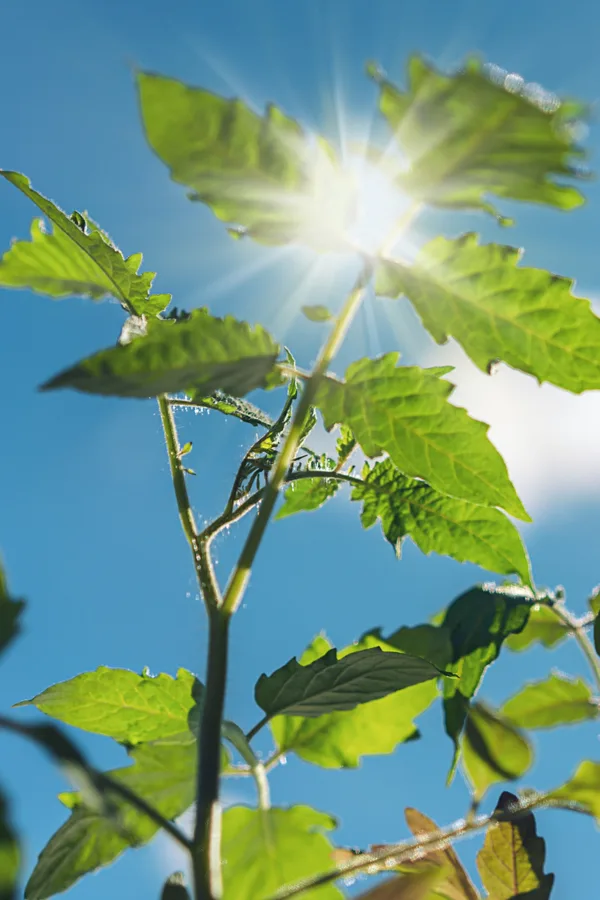
For best results, apply liquid fertilizers early in the morning. You can still apply the fertilizer even if plants are damp from the morning dew. If you must, you can also apply fertilizers at night as well. Just be sure to avoid doing it mid-day.
How To Apply Fertilizers To Vegetable Gardens
Aim for applying about a quarter gallon of liquid fertilizer to each plant every two weeks. Do this for about 8 to 10 weeks. This will give your plants about 4 or 5 doses of nutrients and energy.
When it comes to how much to put on the roots and how much to use for the foliage, try to keep this in mind: Put around ⅔ on the roots and about ⅓ on the foliage. You don’t have to be exact, but this will give you a good goal to aim for.
Most liquid fertilizers come in the form of a concentrate and will need to be mixed with water. Do not use an overhead sprinkler system to apply the fertilizer. Instead, be sure to apply the liquid directly to the foliage and roots of each individual plant with a watering can or handheld sprayer. This will also help avoid excess waste.
For granules, be sure to read the instructions on the package for application information. Most brands will have you mix a specific amount of granules with the soil around the base of each plant.
In addition, most granular fertilizers won’t have to be repeated as often as liquid fertilizers. Be sure to water the base of plants well after mixing the granules into the soil.
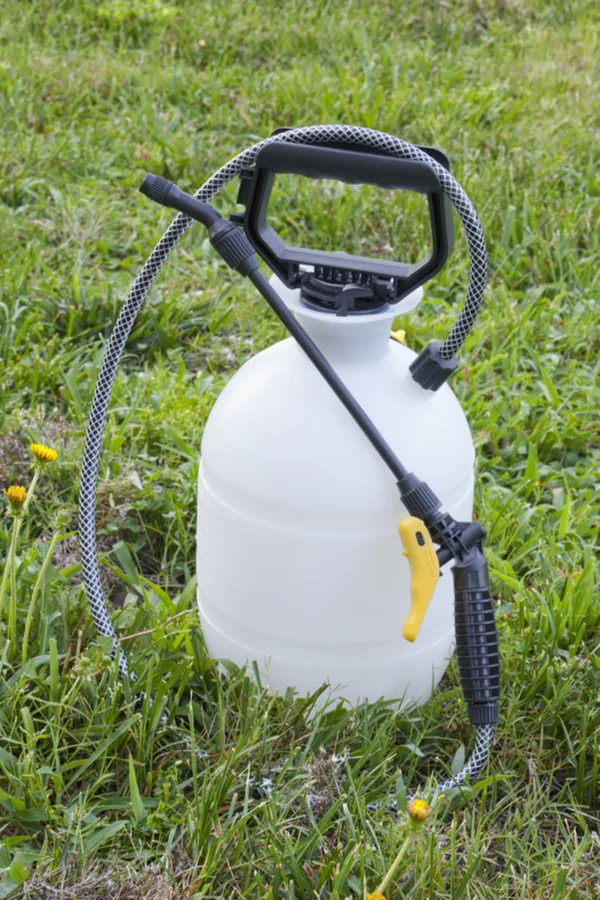
Know When To Stop Fertilizing Vegetable Gardens
It is also important to know when to stop fertilizing your garden plants. Once a plant hits full production mode in mid-summer, it’s time to cease fertilizing altogether. At this point, the plant will only use the added resources to grow additional foliage; It won’t help produce or fill out the blooms nor will it help young fruit or vegetables on its stems and vines.
In fact, fertilizing vegetable plants too late in the summer can actually decrease yields. For best results, stop as soon as you see several sets of fruit growing on plants.
Here’s to becoming a fertilizer pro and getting the most out of your vegetable garden plants this growing season!
Podcast Links
Product Links
- Miracle-Gro Performance Organics All Purpose Plant Nutrition
- Espoma Plant-Tone Plant Food, Natural & Organic All-Purpose Fertilizer
- Espoma Tomato and Plant Food
- Wiggle Worm, Worm Castings Organic Fertilizer
Article Links
Follow Our Facebook Page For Even More Great Tips! Simple Garden Life Facebook Page
Simple Garden Life is a website dedicated to keeping gardening fun, simple and enjoyable! We publish two new articles each week along with a new garden podcast episode every two weeks. This article may contain affiliate links.
